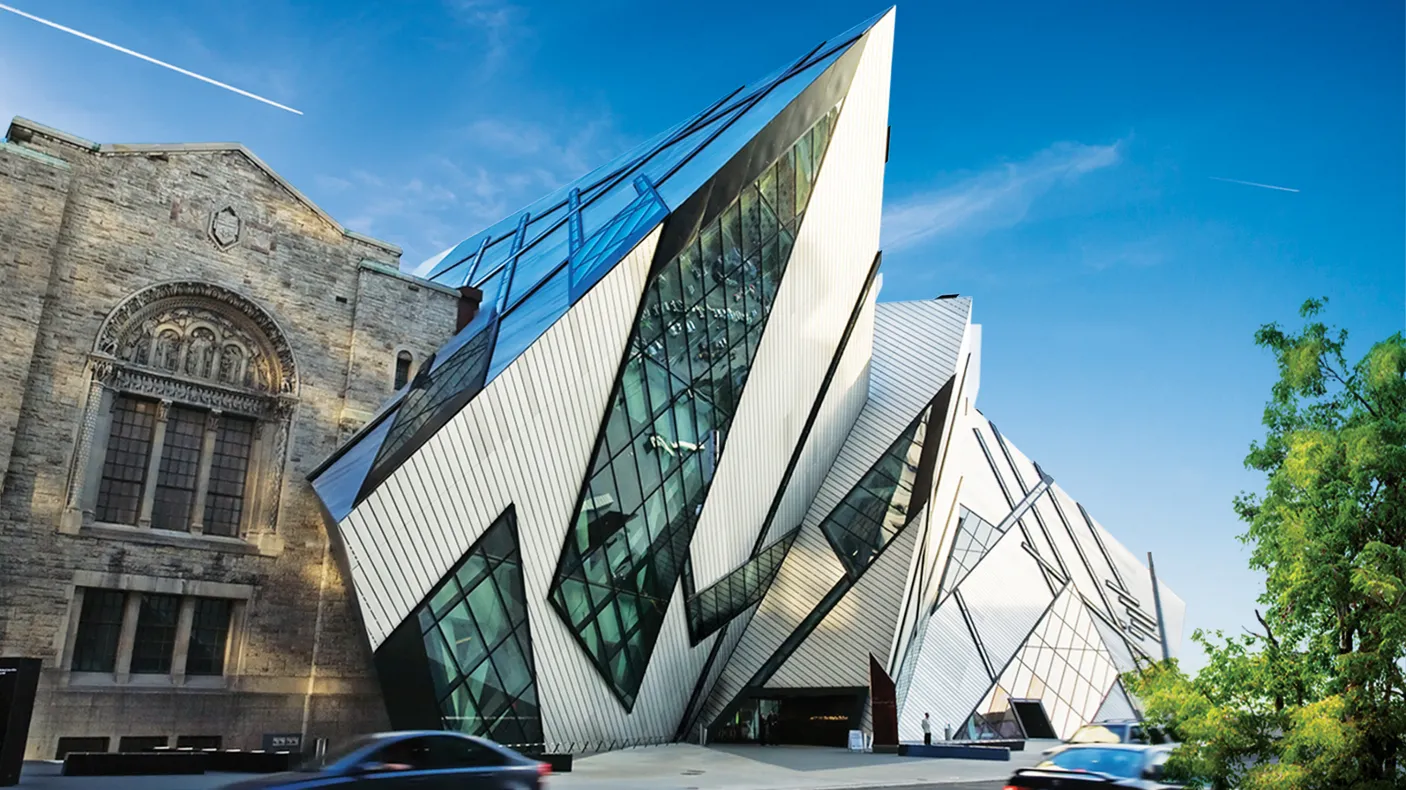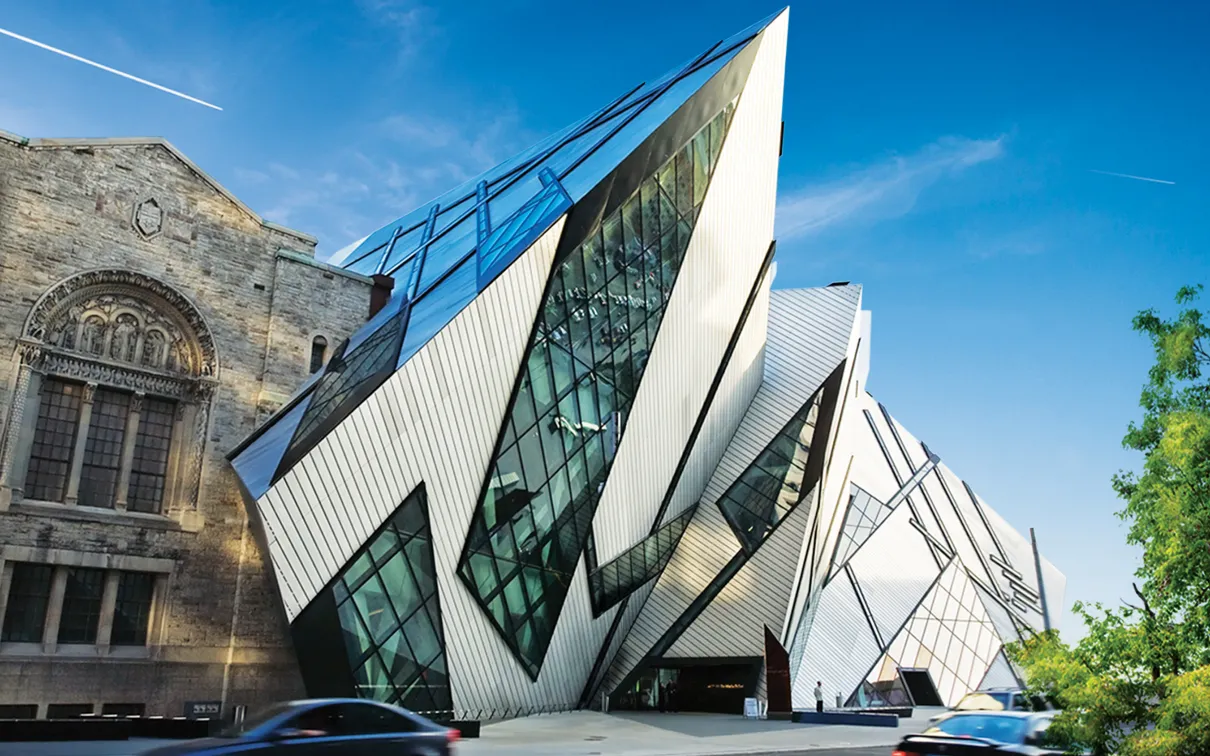Made in China: Cultural Encounters Through Export Art
Published
Category
Press Release
Display includes many hidden treasures of the ROM’s Far Eastern collections

Primarily originating from four renowned ROM collections, Made in China features nearly 100 objects including paintings, porcelain, lacquer, silver, and photography. Displayed over several rotations, these pieces were created in the 18th and 19th centuries for enthusiastic European and North American consumers. Placing the “Made in China” trademark in historical context, the exhibition explores the cultural encounters between China and the west, revealing a dynamic history of export trade centered in the port city of Canton (known today as Guangzhou).
Dr. Jianfei He, the ROM’s James M. Menzies Chinese Research Fellow, is the exhibition guest curator. Dr. Wen-chien Cheng, the ROM’s Louise Hawley Stone Chair of Far Eastern Art, is curatorial supervisor. Both are associated with the Museum’s World Cultures department.
Chinese export art is associated with both Chinese art traditions and Western ideas, revealing how its development and production were affected by the trade routes and cultural exhanges continuing today. Like many products manufactured in China today, the works created centuries ago served as decorative art and souvenirs for foreigners. Examples of pith paper paintings, a materially demanding and technically complex art form, are among the highlights of this intimate exhibition. Derived from the ginseng family, pith paper is strong and, when damp, may be stretched and folded into nearly any shape. Watercolours and tempera are absorbed easily, creating a relief texture with a velvety visual depth. Rarely publicly displayed, these paintings are among the hidden treasures of the ROM’s Far Eastern holdings. Beyond this distinction, these works embody the exhibition’s theme: a lens through which extraordinary cultural encounters are witnessed. As the West had an appetite for Chinese art, Chinese artists responded enthusiastically to western tastes. Scenes painted on the pith paper romanticized Chinese customs, daily life, landscapes, and exotic plants and insects—all serving to evoke fantasized images of China for Westerners.
Establishing that this tradition continues to this day is the inclusion of a set of contemprary hand-painted wallpaper commissioned especially for the ROM’s exhibition and created by a modern workshop in Shenzhen, China. A diverse group of specimens and objects from a number of different collections—from insects of the ROM’s entromology department corresponding to those seen in nearby pith paper paintings to a silver goblet from the Museum’s European deocorative arts department depicting a dramatic scene—round out the display.
Made in China: Cultural Encounters Through Export Art is included with general Museum admission. To enhance the exhibition experience, visitors are encouraged to stop into nearby galleries devoted to Chinese art, sculpture, architecture, and temple art.
-30-
Herman Herzog Levy Gallery
Located on Level 1 of the ROM’s Philosophers’ Walk building, the Herman Herzog Levy Gallery is the Museum's main venue for its diverse slate of rotating East Asian exhibitions - themed displays drawn from its vast collections of Chinese, Japanese and Korean artifacts. The continually changing nature of the Levy Gallery allows it to showcase the broad scope and diversity of the ROM's collection of East Asian art, while ensuring the preservation of these objects. The gallery is named after Dr. Herman Herzog Levy (1902 - 1990), collector of East Asian art and long-time friend of the ROM. Thanks to Dr. Levy’s generous bequest, nearly 300 objects of East Asian art have been added to the Museum’s collection.


